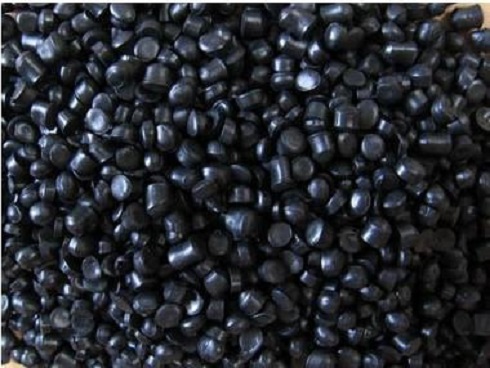SunSirs: Slow resumption of downstream work restricts PA66 market trends (2.1-3.2)
March 04 2020 14:36:16 SunSirs (Molly)
1. Price trend
According to SunSirs data, the domestic PA66 market in February moved steadily and adjusted narrowly. As of Monday, March 2nd, the average price of mainstream PA66 mid-viscosity injection molding grades was around 22350.00 yuan / ton, a 3.04% decrease from the price level in early February.
2. Analysis of influencing factors:
PA66 upstream adipic acid market was mainly stable in February. The market was generally affected by the epidemic situation. Supply and demand were not strong, and the transaction fell into freezing point. Prices in most regions have not changed much from the beginning of the month. The price of adipic acid has reached a one-year low. Some dealers have slightly reduced their prices. Fundamentally, supply pressure and weak market demand caused by poor transportation are bothering them. The main factor for acid to get out of the weak situation, in addition, the cost side again lost support, the continuous decline in the price of pure benzene made adipic acid market worse. At present, the downstream demand for adipic acid has not improved, and the downstream operating rate has been at a historical low point throughout February. In addition, the social inventory pressure has not been eased, and the market has no incentive to reverse upwards. Enterprise inventory and market inventory are still maintained at a high level. This is inseparable from the current low demand and low purchases. It is also a secondary problem brought by transportation. This is also an important reason why the price of adipic acid did not rebound after the coming year. From a regional perspective: the sluggish market prices in eastern and southern China remain, some prices have been lowered, and demand has weakened. At present, the downstream market is still generally holding a wait-and-see attitude, and transactions are slightly deadlocked. In addition, in terms of upstream costs, the price of pure benzene re-entered the downward channel in February. According to the monitoring of the business agency, the decline in pure benzene was 7.37% in February. Looking at it, it has eased some of the pressure on the current manufacturers. Due to the shrinking purchases of downstream manufacturers, adipic acid has returned and can only keep the price low. In February, the domestic PA66 market was relatively deserted, and the market situation was generally stable. On the supply side, logistics resistance is still large. Due to the impact of logistics transportation resistance, spot transactions are few. At the same time, the operating rate of downstream factories has continued to decline, especially in Wuhan, where car production is relatively concentrated, and the resumption of work is slow. The downstream demand has been passively reduced. PA66 also has a similar priceless market. The trading atmosphere was quiet and few trading news was heard.
3. Market forecast:
SunSirs analysts believe that the domestic PA66 market continued its weak adjustment in February. Upstream adipic acid producers and distributors have limited resumption of work, prices have fluctuated within a narrow range, and there is limited cost support for PA66. The resumption of work at downstream plants is complicated, with no stocks or low stocks, and the improvement in demand is very limited. The market sentiment is deserted, there is no market with prices, and the operating space is small. It is expected that whether the recent PA66 transaction will be active depends on the situation of domestic resumption of work and logistics.
If you have any questions, please feel free to contact SunSirs with marketing@sunsirs.com.
- 2025-12-12 SunSirs: The Benchmark Prices for China PA6 and PA66 in SunSirs Are Rising and Stable on December 12
- 2025-12-04 SunSirs: The Benchmark Prices for China PA6 and PA66 in SunSirs Are Rising and Stable on December 4
- 2025-12-03 SunSirs: The Benchmark Prices for China PA6 and PA66 in SunSirs Are Rising and Stable on December 3
- 2025-11-28 SunSirs: The Benchmark Prices for China PA6 and PA66 in SunSirs Are Rising and Falling on November 28
- 2025-11-18 SunSirs: The Benchmark Prices for China PA6 and PA66 in SunSirs Are Falling on November 18



